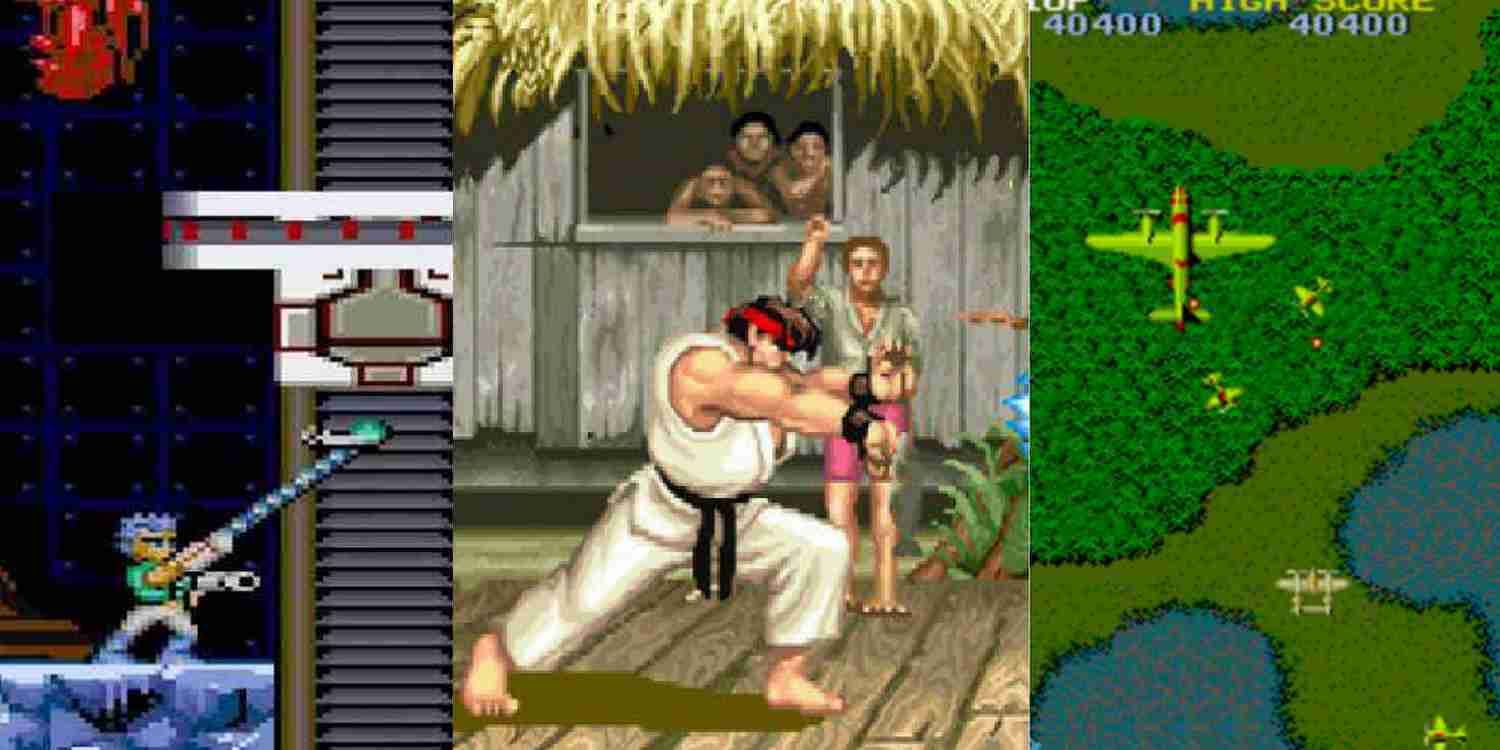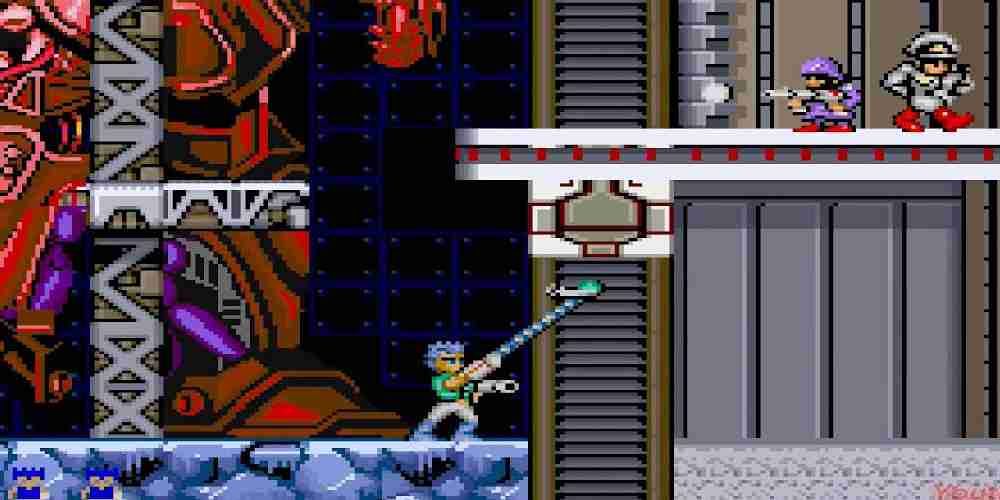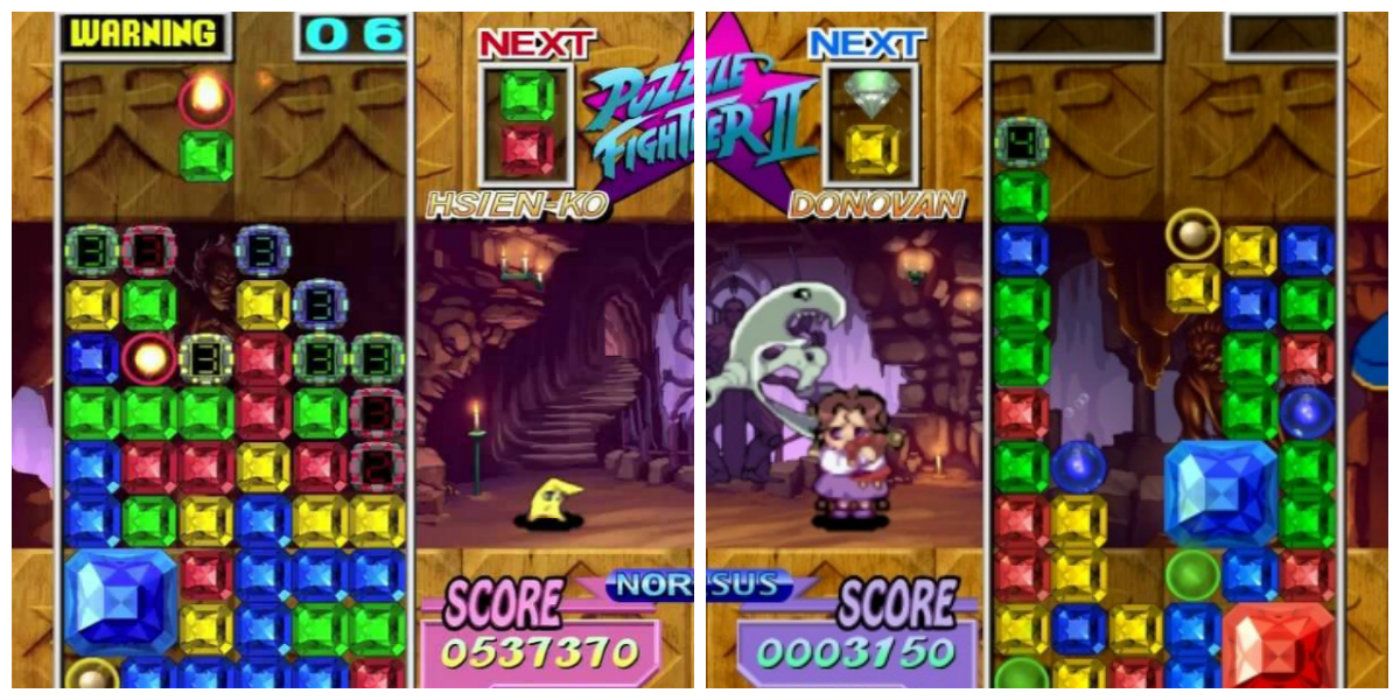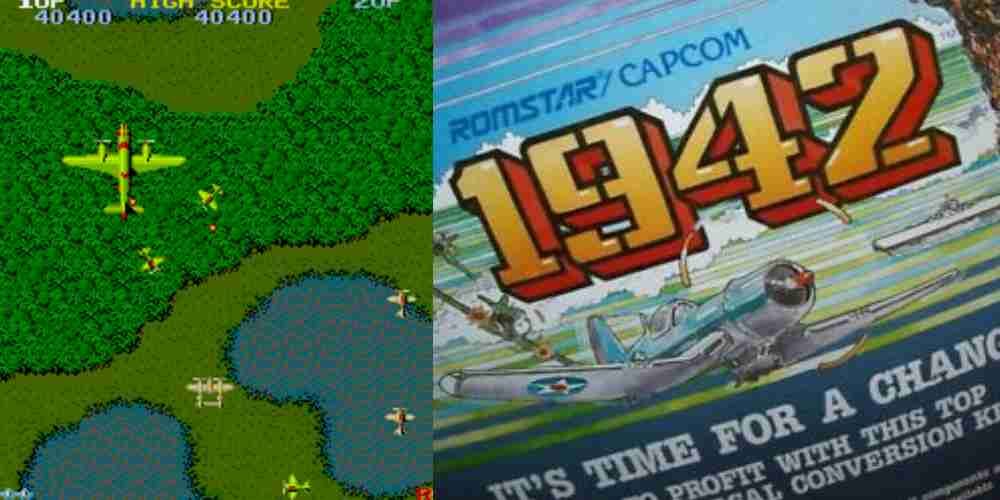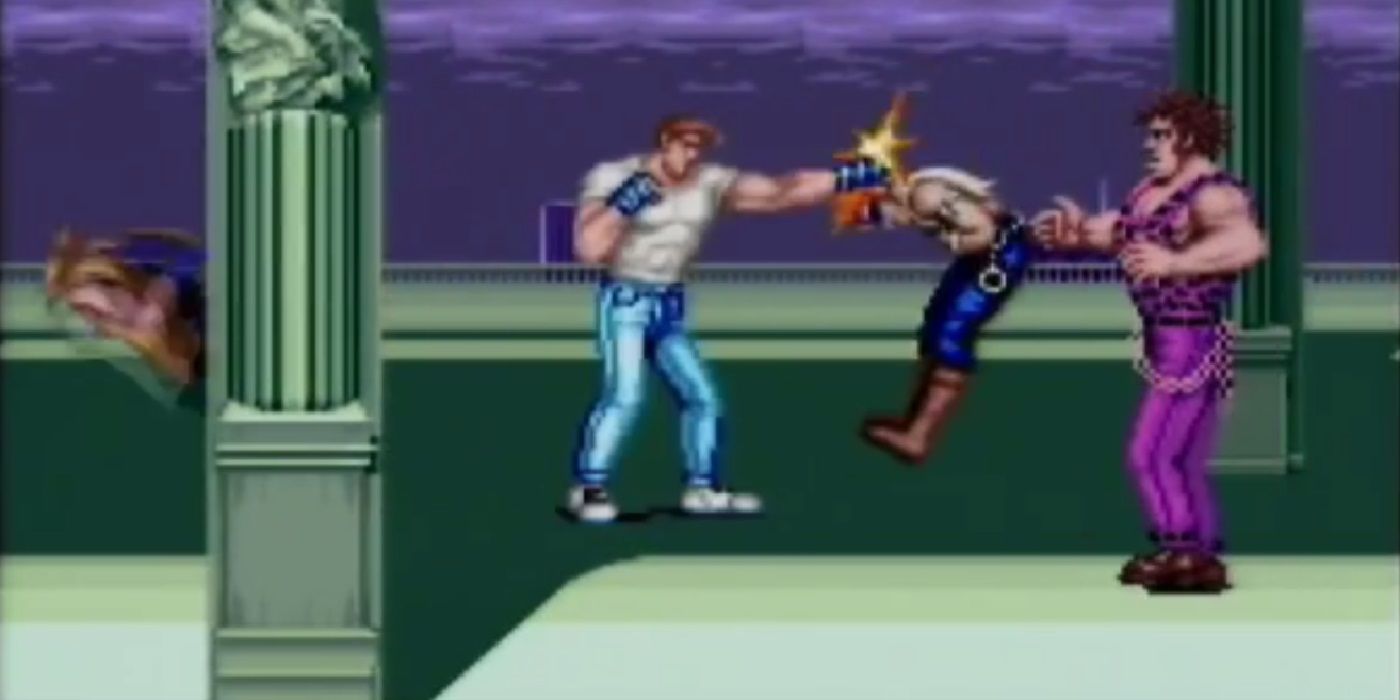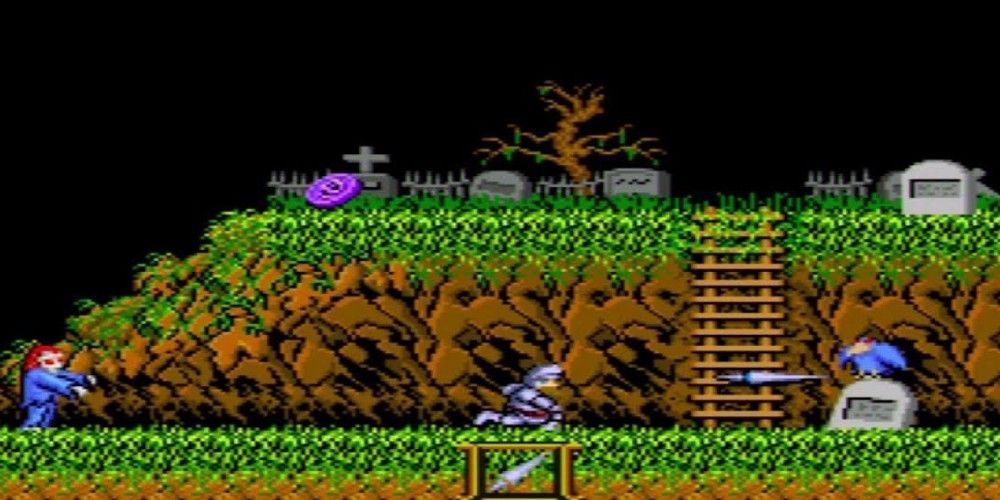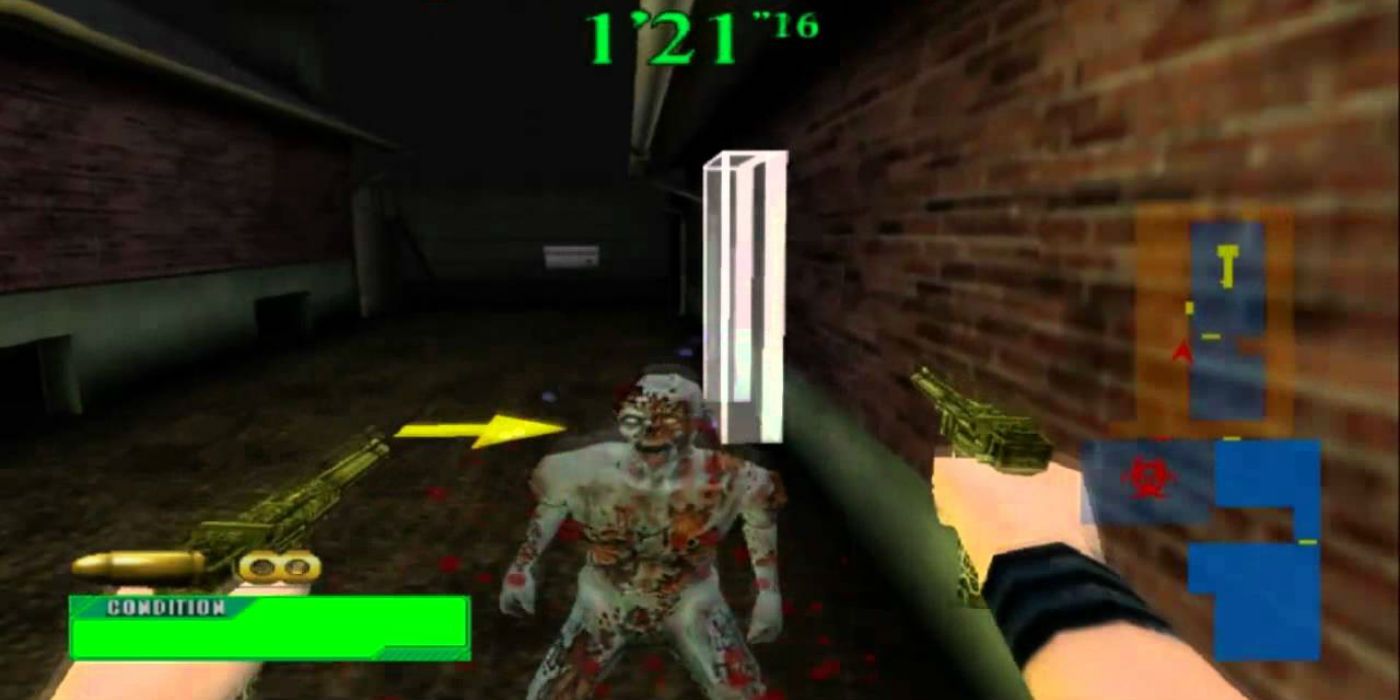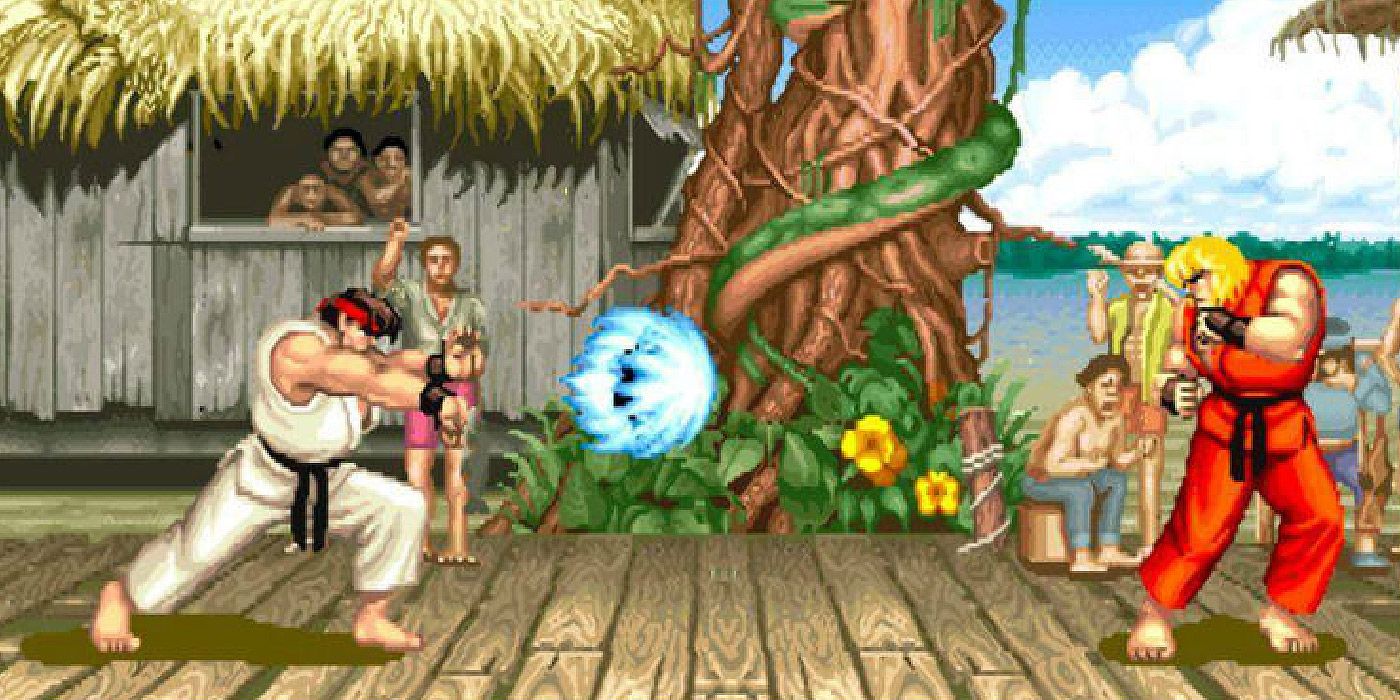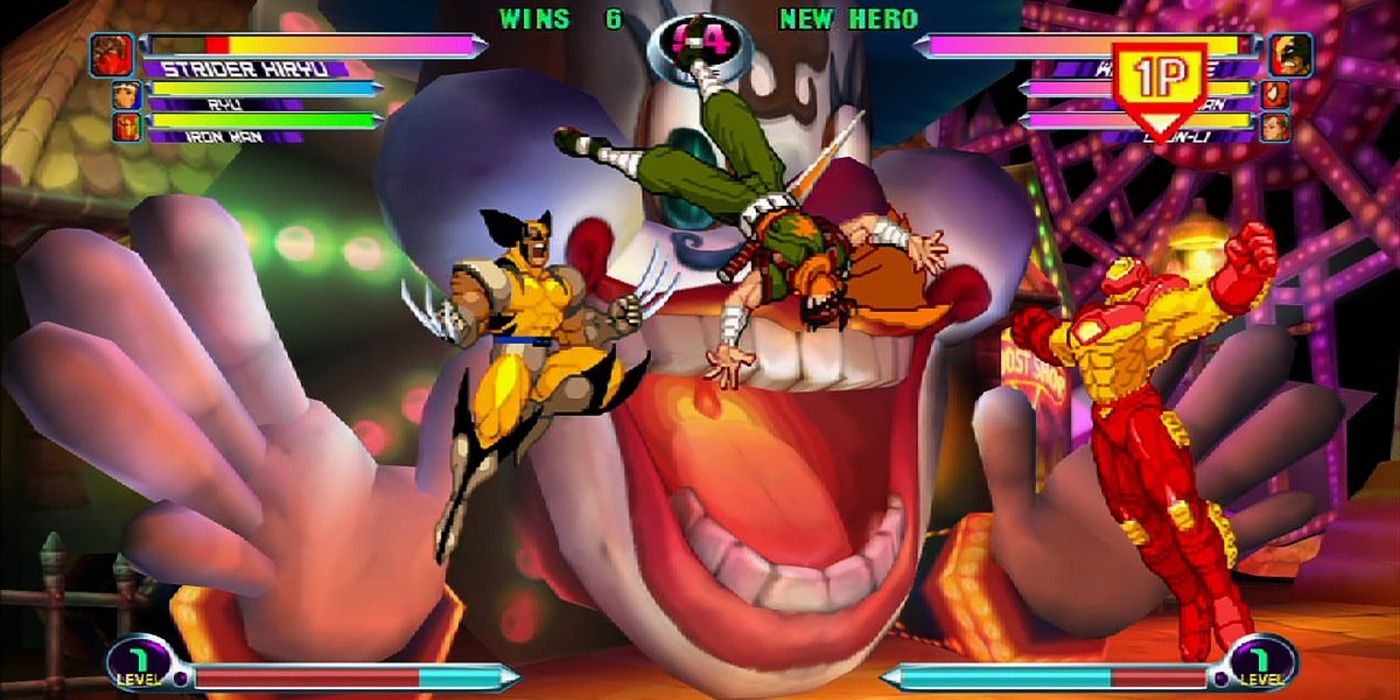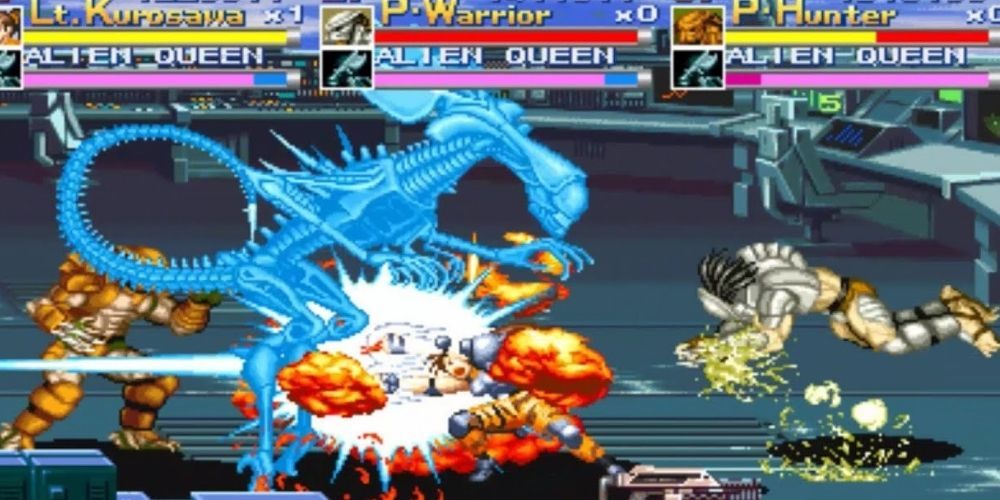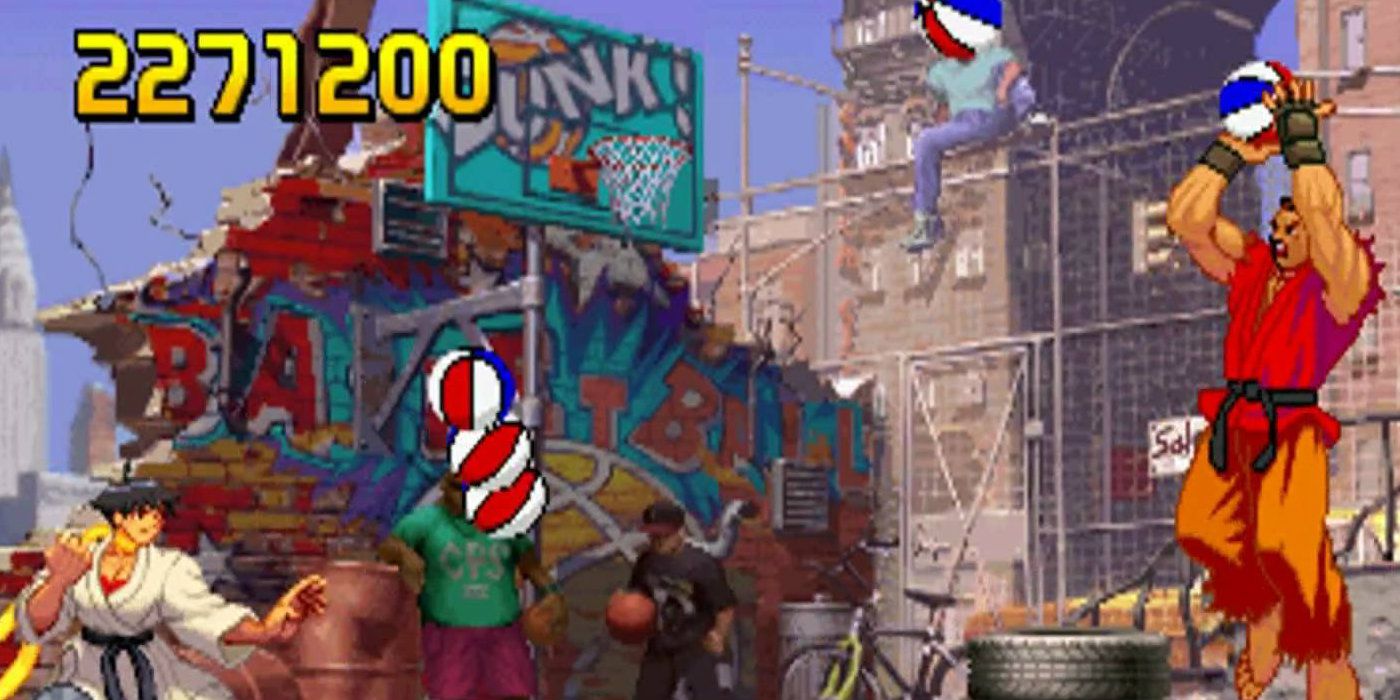Back in the old days, game companies made all their money in the arcades. This was before the days of the console or PC mega-adventure with hundreds of hours of gameplay. Even the big budget-heavy titles needed to be punchy and quick. Some companies were able to adapt to the new console market, able to keep themselves afloat as the world changed.
Capcom was one such company, building up home-console franchises like Mega Man and Resident Evil while also killing it in arcades. This let them shift from one market to the other when arcades began vanishing. And now Capcom has announced an ultimate Fighting Collection of these classic games coming June 24th, 2022.
Bionic Commando
Bionic Commando is known for two things: it's grappling hook and its villain. Infamously, it's villain was a barely censored Hitler who was renamed "Master D." It's a shame that these two tidbits are its legacy. They obscure what is an extremely solid platformer with a cult legacy behind it.
Top Secret, as it's known in Japan, tells the story of "Rad Spencer." While the 2009 reboot attempted to give the story more "drama," the series is as ridiculous and cheesy as that name suggests. This platformer didn't allow the main character to jump. With the grappling hook arm, this isn't nearly as much of a downside to this "wire action" game as it would seem.
Super Puzzle Fighter II Turbo
There's no Puzzle Fighter 1 or non-turbo version of the game. It's simply a bit of Capcom making fun of themselves for their endless Street Fighter variations. But perhaps the name somewhat kneecapped Super Puzzle Fighter II Turbo's success. Despite a few ports and a mobile game, the series hasn't seen the glory one of the best puzzle games of all time should get.
Puzzle Fighter is an excellent match-colors puzzler that pits you against any of Capcom's fighter game all-stars. The game is all about lining up bombs that can eliminate all the color gems it matches with. Like Capcom's fighting game offerings, building combos is essential.
1942
1942 was the first in the 194X series of arcade games. World War II Shooters were big hallmarks of the early arcade scene, and 1942 was a large part of it. Players control a Lockheed P-36 Lightning "Super Ace," flying through the pacific theater.
The game begets Capcom's first-ever game franchise, with six sequels. It's unsurprising because the game codified several tropes of the shooter genre and spawned several copycats. Capcom's own Operation Thunderstorm took clear inspiration from the franchise. Unfortunately, despite a few ports and re-releases, the series has never returned in Capcom's console offerings.
Final Fight
Nobody would know the legacy of the Final Fight series when it first came out. Final Fight in its age was one of many beat-em-ups when it came out. The biggest thing it had against its competitors Streets of Rage and River City was it's large protagonist, Mike Haggar. This series wasn't even alone among Capcom's beat-em-ups, like former company mascot Captain Commando.
But Final Fight is a major step on the road to Street Fighter. Not only do the series share a universe, but also mechanics, as fighting games have a lot of mechanical overlap with beat-em-ups. Final Fight is still a fun time itself, though. The series is currently available on the Capcom Beat-Em-Up Bundle on modern platforms.
Ghosts n' Goblins
Of course, classic arcade weren't always known for their fairness. Some classic arcade games were brutally difficult in order to take the player's quarters. The Ghosts n' Goblins series was definitely in that mold. What appeared as a jaunty adventure by King Arthur to rescue a princess became a frenzy of undead horrors.
This game is well-known for its unforgiving health system. While the sight of a knight in boxers is funny, it's likely players will be more terrified than amused when they spend most of the game in peril. This classic summons zombies and monsters constantly. While ammo is unlimited, directional input isn't, resulting as a tough platformer that requires a delicate dance to win.
Resident Evil Survivor 2 - Code: Veronica
While fun, light gun cabinet arcade shooting games are thought more of Sega's thing than Capcom's. Their House of the Dead horror series lent itself more to that style than the more cinematic console series Resident Evil. The Survivor series attempted molding the series to that format, and the second entry was regarded best. Unfortunately, the game never got an American release.
Not that stopped fans from importing the Gun Survivor 2: Biohazard Code Veronica cabinets directly from Japan. While Europe did get the console versions, fans would still seek out the original. The melodramatic plot of the Code: Veronica game made for a great run-and-gun adventure. Even the removal of the voice acting kept the action fresh and active.
Street Fighter II
Street Fighter wasn't anything to write home about, much like many early fighting games. But a team in Capcom saw the potential in the genre, and the world was forever changed. Street Fighter II's legacy might seem overstated, but it's truly a genre maker. Even with all the sequels, editions, and inspirations, the classic remains polished and enjoyable.
The simple set-up of characters from around the world facing off was magical. Also magical were the game's inputs and secrets, which fans would strive to learn. Street Fighter II created an entire culture around getting better in games, basically birthing competitive gaming. The tunes were catchy, the graphics popped, the characters iconic, and the hits oh-so satisfying.
Marvel vs Capcom 2
The Street Fighter franchise was the beginning dot of a massive splatter art project for Capcom. This entire list could just be fighting game franchises Capcom owns, but special mention goes to Marvel vs Capcom 2. Starting as a licensed X-Men game that turned into a massive crossover, the game put the emphasis on speed. And the game was fast; featuring blistering combos and assists.
Some favorite and obscure Capcom and Marvel characters came pouring out of the woodwork to join the battle. They came in all shapes and sizes and all of them could do at least one flashy super move. The game's blistering speed helped it stand out from its contemporaries, and 2 also featured stellar sprite work and soundtrack. No wonder fans are campaigning for its return.
Alien vs Predator
The 90's were a big time for video game licensing, as gamers hadn't yet associated tie-ins with poor quality. And as much as they had their own great IP, Capcom also has several great underrated licensed video games. Players have nostalgia for their Dungeons and Dragons, Jojo's Bizarre Adventure, and VS series games. But the most hidden gem of all is Alien vs Predator.
Sixteen years before the 2010 Alien vs. Predator game and a decade before the movie, Capcom delivered a classic. Players pick between either two cyborgs or two Predators and set out to fight aliens on the streets of California. The game's plot was actually based on an early script for the movie. Unfortunately, this game has never been ported, so fans must seek out cabinets.
Street Fighter III 3rd Strike
If Marvel Vs Capcom differentiated itself by speeding itself up, Street Fighter III really slowed things down. Street Fighter III was not successful in its time, but has since become one of the company's biggest slow-burn hits. The game was not intended to be Street Fighter II's long awaited sequel, but rather made a sequel later in development. However, by the game's third iteration, Third Strike, it had become quite a successor indeed.
Players who were initially skeptical of the game's slower pace realized how strategic it was. New characters became fan-favorites, like Makoto and Oro. The game's hip-hop soundtrack earned it a unique identity when compared to its predecessor. Nowadays, fans rejoice whenever Capcom references Third Strike and pray that the next game will return to the characters and style of the formerly-loathed third entry.

